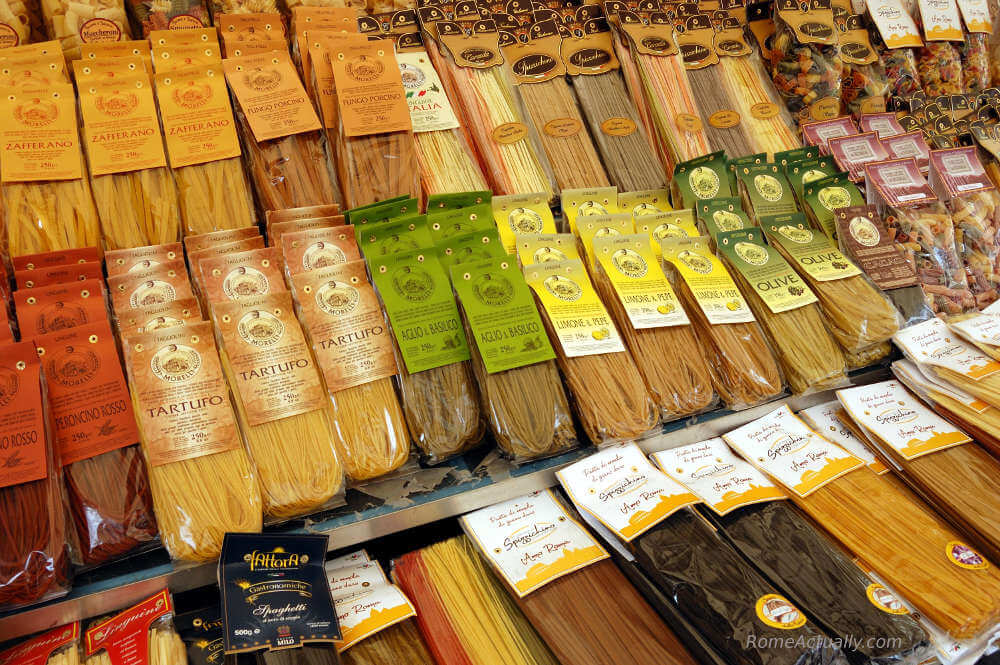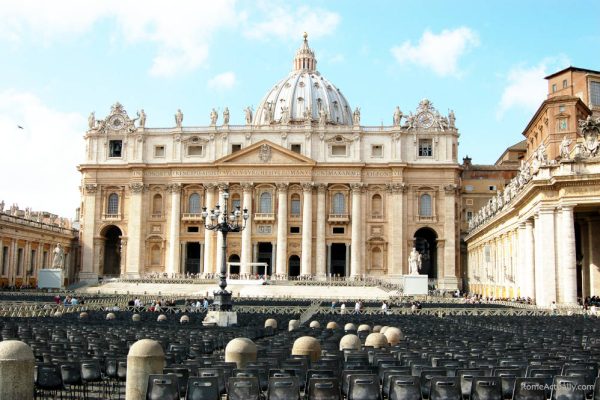The geographical and historical heart of Rome together with nearby Piazza Navona is Campo de’ Fiori. A picturesque corner between fountain-clothed Piazza Navona and Trastevere, Campo de’ Fiori is one of the popular Rome tourist attractions and an important historical landmark.
An old and central place for centuries in Rome, it has naturally witnessed much of the city’s history. Here, you will discover some important and some trivial facts about one of Rome’s most cherished piazzas.
7 Interesting Facts About Campo de’ Fiori To Know Before You Go
From its fascinating history to today’s lively vibe, Campo de’ Fiori is one of the favorite and unmissable stops for tourists and locals and one of Rome’s most popular neighborhoods.
Especially if it’s your first time in the city, its great central location makes it easy not to miss it. Plus, after reading about its fascinating past and vibrant present, you will definitely carve out some time for Campo de’ Fiori market and square.
It’s named after the flowers

Literally translating into “Land of Flowers”, Campo de’ Fiori was named after the wildflowers that once decorated the square. Actually, there are several versions of the reasons that led to the choice of the name.
According to some, daisies, forget-me-not, poppies, and all the local varieties of wildflowers were the ornaments of this busy piazza framed on one side by the buildings belonging to the Orsini family and on the other drifting towards the river. Other versions say that in the Middle Ages, the square was mainly an abandoned land.
There is even a myth surrounding the name of this square. According to the legend, general Pompeius here fell in love with Flora, a beautiful woman to whom he built a theatre now destroyed.

It’s the place of the famous Campo de’ Fiori market
Since 1869, every morning from Monday to Saturday from 7 am to 2 pm, Campo de’ Fiori market has been displaying stalls selling anything from food to clothes to kitchenware.
Today, it’s a touristy market but still a nice place to visit, especially if it’s your first time in Rome. With a large offer of local delicacies from the Lazio region and all over Italy, you can totally find some nice gifts to bring home to friends and family.
Different types of pasta, truffle paste, mixed herbs, sun-dried tomatoes, olive and flavored oils, fresh fruits and veggies, Moka coffee makers, and bowls. You name it. Here you can also find the products you need if you are renting an apartment as well as great options for your gift shopping.
READ MORE: See our post to discover more food markets in Rome, including the lesser touristy ones.
It served several purposes
Mainly serving as a storage for the chariots used in the competitions at the Circus Maximus, in the Middle Ages Campo de’ Fiori fell into decay. It was urbanized only in the 15h century as the only way to reach the Vatican from the south. The first road to be cleared was Via del Pellegrino (Pilgrim Road), which was the road taken by the pilgrims on their way to the Holy See.
Early 16th century, the area was reclaimed and sewage was built. This allowed it to become a busy square for public announcements and markets. Soon also many taverns and inns were opened to host the traders arriving to sell their goods. The streets all around became the place for commercial activities and workshops.
So we have Via dei Giubbonari, where they made vests and waistcoats (from the Latin jupponarii), Via dei Baullari, where they made trunks and suitcases (baule in Italian). Or Via dei Cappellari for hats, Via dei Chiodaroli for nails (chiodi in Italian) and many others.

Here they burnt Giordano Bruno at stake
One of the trendiest piazzas in Rome, Campo de’ Fiori was once upon a time place of fear, intolerance and persecution.
One of the darkest pages of this piazza is, in fact, the gruesome murder of Giordano Bruno.
Italian Dominican friar, philosopher, astronomer and mathematician, Bruno was sentenced to death and burnt at the stake right where his statue stands today. He had been tortured and finally murdered for what was the main sin at the time: “heresy”.
Reading the work of Erasmo of Rotterdam, rejecting the traditional geocentrism and the modernity of his ideas was what condemned him to death.
When his sentence was pronounced, Giordano Bruno said the famous words “Maiori forsan cum timore sententiam in me fertis quam ego accipiam” (It may be you fear more to deliver judgment upon me than I fear judgment). When he was dying, on February 17th, 1600, he refused to look at the crucifix. He was sharing his destiny with the crucifix and thought that the Church wanted to make it appear as his torturer.
READ MORE: The best things to do in Rome in 3 days
See the inn of Pope Borgia’s mistress
Known as Locanda della Vacca, Inn of the Cow, this was the little hotel managed by Vannozza Cattanei in nearby Vicolo del Gallo 11/14. Mistress of Pope Alexander VI Borgia, she’s also the mother of his four children Lucrezia, Cesare, Giovanni and Goffredo, all born in this building.
In the 15th century Campo de’ Fiori, became a thriving trading center. So several inns opened, and Vannozza’s was one of them. Today we can’t visit it but we can still see the family crest.
Vannozza, famous for her business mind, transformed the family building into the Locanda della Vacca inn in 1514 after the death of Pope Alexander VI Borgia. Hers was one of the most popular inns of the area also because it was apparently a place for prostitution.

All around are shops and restaurants
Framing the piazza are many restaurants, bars and bistros. Here you can stop all throughout the day for any type of meal, snack, drink. Not far from the square, in Via del Pellegrino, is the lovely Syrian restaurant Sciam and one of the most delicious street food eateries in Rome, Supplizio.
At night it’s even more crowded
Bars and restaurants attract hundreds of people every night. During the warmer seasons, young people, tourists and local residents sit around the statue of Giordano Bruno until late hours. The lively and cheerful is in stark contrast with the past this square when it was the place for capital punishment.





